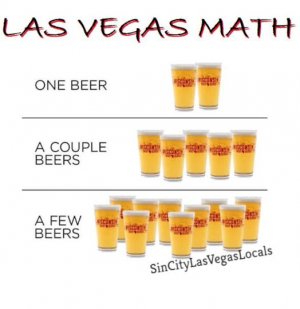Magna-Carta
Senior Member
- Location
- UK
This is how I see it. I’m not saying it correct, it’s just how I see it.
8÷2 (4 – 2) = ?
Always calculate what’s in parenthesis first, so 4 - 2 = 2
8÷2 (2) = ?
Then calculate the rest, 8÷2 = 4
4 (2) = ?
Even though there is no multiplication sign there, everything outside of the parenthesis is multiplied by what’s in inside the parenthesis. Only dividing if there was another division sign imediatly in frot of the the original parenthesis expression.
4 X (2) = ?
Simply 4 X 2 = 8
In reality, as I see it, the original exspession is saying this, 8÷2 X(4 – 2) = ?
Even though there is no multiplication sign in the original.
8÷2 (4 – 2) = ?
Always calculate what’s in parenthesis first, so 4 - 2 = 2
8÷2 (2) = ?
Then calculate the rest, 8÷2 = 4
4 (2) = ?
Even though there is no multiplication sign there, everything outside of the parenthesis is multiplied by what’s in inside the parenthesis. Only dividing if there was another division sign imediatly in frot of the the original parenthesis expression.
4 X (2) = ?
Simply 4 X 2 = 8
In reality, as I see it, the original exspession is saying this, 8÷2 X(4 – 2) = ?
Even though there is no multiplication sign in the original.
Last edited:





